Fernando Lejarza
HAR-GCNN: Deep Graph CNNs for Human Activity Recognition From Highly Unlabeled Mobile Sensor Data
Mar 07, 2022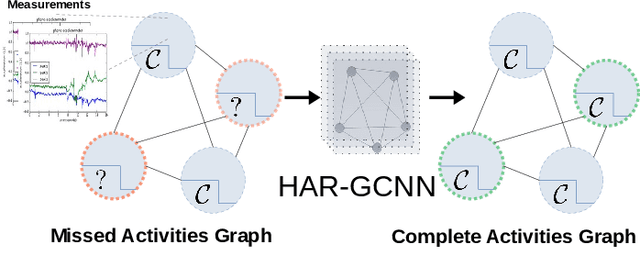
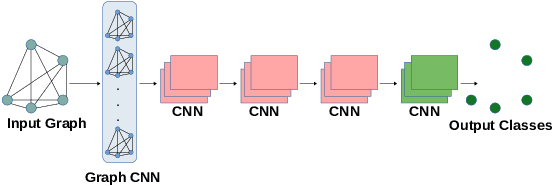
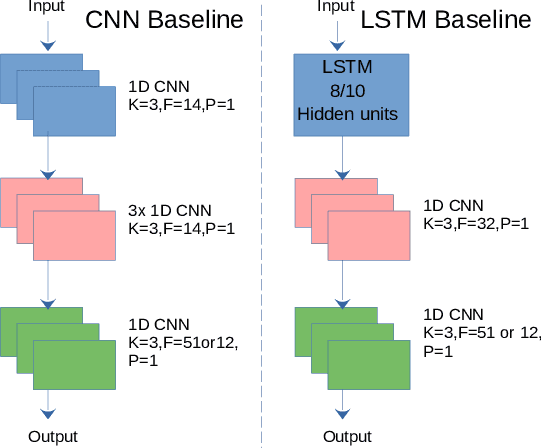

Abstract:The problem of human activity recognition from mobile sensor data applies to multiple domains, such as health monitoring, personal fitness, daily life logging, and senior care. A critical challenge for training human activity recognition models is data quality. Acquiring balanced datasets containing accurate activity labels requires humans to correctly annotate and potentially interfere with the subjects' normal activities in real-time. Despite the likelihood of incorrect annotation or lack thereof, there is often an inherent chronology to human behavior. For example, we take a shower after we exercise. This implicit chronology can be used to learn unknown labels and classify future activities. In this work, we propose HAR-GCCN, a deep graph CNN model that leverages the correlation between chronologically adjacent sensor measurements to predict the correct labels for unclassified activities that have at least one activity label. We propose a new training strategy enforcing that the model predicts the missing activity labels by leveraging the known ones. HAR-GCCN shows superior performance relative to previously used baseline methods, improving classification accuracy by about 25% and up to 68% on different datasets. Code is available at \url{https://github.com/abduallahmohamed/HAR-GCNN}.
Optimal discharge of patients from intensive care via a data-driven policy learning framework
Dec 17, 2021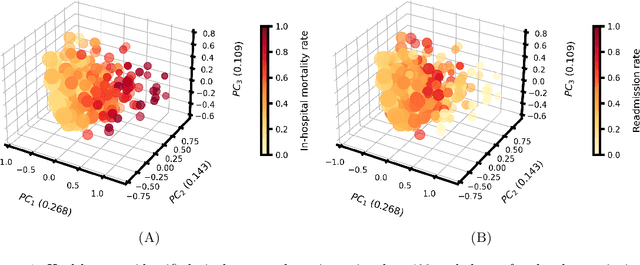



Abstract:Clinical decision support tools rooted in machine learning and optimization can provide significant value to healthcare providers, including through better management of intensive care units. In particular, it is important that the patient discharge task addresses the nuanced trade-off between decreasing a patient's length of stay (and associated hospitalization costs) and the risk of readmission or even death following the discharge decision. This work introduces an end-to-end general framework for capturing this trade-off to recommend optimal discharge timing decisions given a patient's electronic health records. A data-driven approach is used to derive a parsimonious, discrete state space representation that captures a patient's physiological condition. Based on this model and a given cost function, an infinite-horizon discounted Markov decision process is formulated and solved numerically to compute an optimal discharge policy, whose value is assessed using off-policy evaluation strategies. Extensive numerical experiments are performed to validate the proposed framework using real-life intensive care unit patient data.
DySMHO: Data-Driven Discovery of Governing Equations for Dynamical Systems via Moving Horizon Optimization
Jul 30, 2021
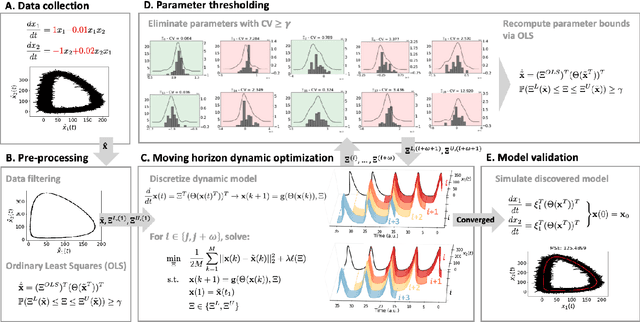
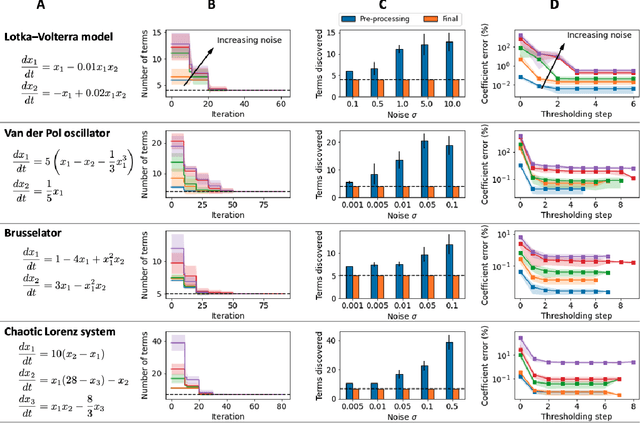
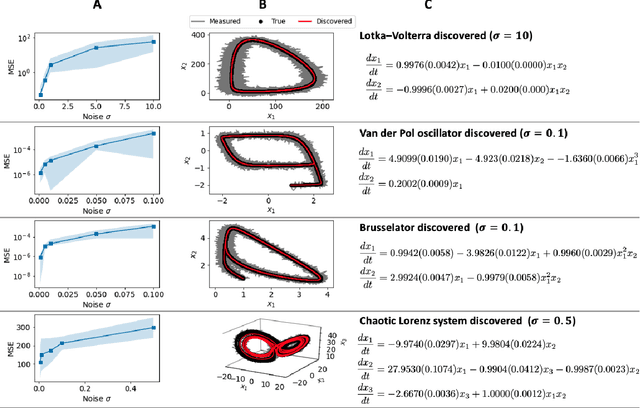
Abstract:Discovering the governing laws underpinning physical and chemical phenomena is a key step towards understanding and ultimately controlling systems in science and engineering. We introduce Discovery of Dynamical Systems via Moving Horizon Optimization (DySMHO), a scalable machine learning framework for identifying governing laws in the form of differential equations from large-scale noisy experimental data sets. DySMHO consists of a novel moving horizon dynamic optimization strategy that sequentially learns the underlying governing equations from a large dictionary of basis functions. The sequential nature of DySMHO allows leveraging statistical arguments for eliminating irrelevant basis functions, avoiding overfitting to recover accurate and parsimonious forms of the governing equations. Canonical nonlinear dynamical system examples are used to demonstrate that DySMHO can accurately recover the governing laws, is robust to high levels of measurement noise and that it can handle challenges such as multiple time scale dynamics.
 Add to Chrome
Add to Chrome Add to Firefox
Add to Firefox Add to Edge
Add to Edge